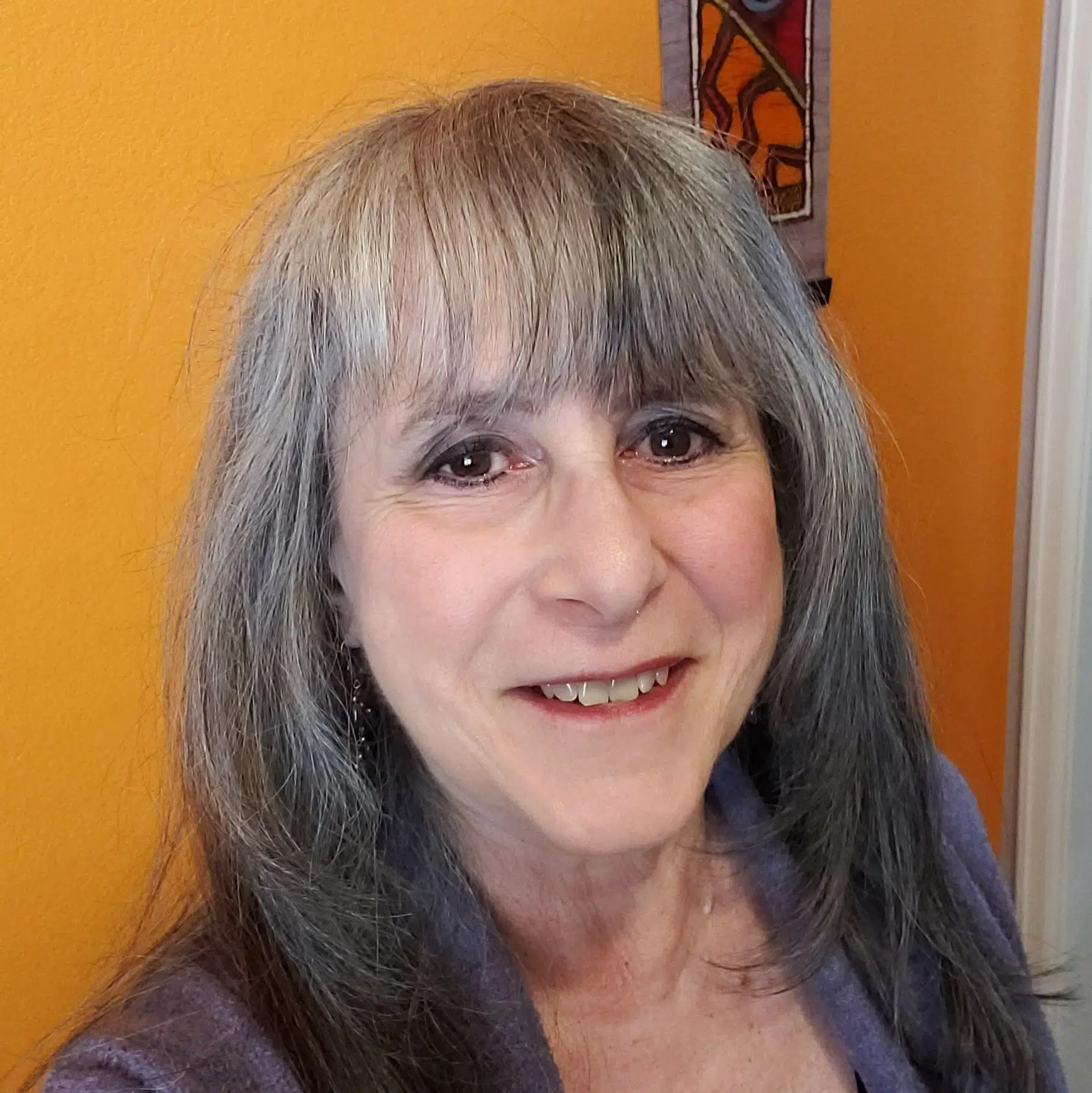Table of Contents
To me, SEL and formative instructional practices are ways of being in a classroom, moving beyond the practice of “doing to” students to “doing with” (Purkey & Novak, 1996). It’s interesting that formative assessment skills draw on and build SEL skills, and these skill sets feed each other. Let me explain.
From a pedagogical perspective, the practices embedded within formative instructional practices support CASEL’s SEL framework. These formative assessment practices allow teachers to explicitly integrate social emotional learning into academic content.
Comparing SEL and Formative Instructional Practices
|
SEL (CASEL framework) |
Formative Instructional Practices |
|
Self-awareness – the ability to understand one’s own emotions, thoughts, and values and how they influence behavior across contexts |
Clarify learning – Teachers clarify and convey the focus of the learning. They share the success criteria so students can make sense of it to set goals, build a plan, and take action to meet them. Teachers make the content relevant to the learners. |
|
Self-management – the ability to manage one’s emotions, thoughts, and behaviors effectively in different situations to achieve goals and aspirations |
Elicit evidence of learning – Students and teachers identify ways to demonstrate learning. Methods of problem-solving are taught and practiced. |
|
Social awareness – the ability to understand the perspectives of and empathize with others, including those from diverse backgrounds, cultures, and contexts |
Provide feed-forward feedback – Giving and receiving feedback allows learners to recognize and manage their emotions. As givers and receivers of feedback, the members of the classroom learning team learn to understand others’ perspectives and emotions. As self-assessors, learners demonstrate self-awareness of where they are in relation to learning goals. |
|
Relationship skills – abilities to establish and maintain healthy and supportive relationships and effectively navigate settings with diverse individual and groups |
Activate learners – Helping learners become instructional resources for one another means that they navigate personal interactions, demonstrate respect, cooperate/collaborate, self-advocate, demonstrate empathy, cope with frustration, learn to persevere, and promote self-regulation and self-awareness.
|
|
Responsible decision-making – abilities to make decisions and constructive choices about personal behavior and social interaction across diverse settings |
In the five areas listed above, learners have multiple opportunities for choice to make decisions that are both academic and behavioral. |
Defining Formative Assessment
In 2018, the CCSSO FAST SCASS developed the following definition of formative assessment:
Formative assessment is a planned, ongoing process used by all students and teachers during learning and teaching to elicit and use evidence of student learning to improve student understanding of intended disciplinary learning outcomes and support students to become self-directed learners.
Effective use of the formative assessment process requires students and teachers to integrate and embed the following practices in a collaborative and respectful classroom environment:
-
- Clarifying learning goals and success criteria within a broader progression of learning;
- Eliciting and analyzing evidence of student thinking;
- Engaging in self-assessment and peer feedback;
- Providing actionable feedback; and
- Using evidence and feedback to move learning forward by adjusting learning strategies, goals, or next instructional steps.
As you see in this definition (bold added by me), students are called on to play an active role in their learning. This role requires clear communication, active listening, cooperation, self-management, and checking understanding (academic and social).
The CASEL Framework of SEL
These five behaviors come from the CASEL framework of the skills taught in SEL. Using formative instructional strategies in the classroom helps establish routines and provides strategies and processes to support a safe learning environment.
These strategies allow learners to focus on learning while they practice communication, check for understanding, practice self-awareness (academic and social), and self-management. The formative assessment process teaches learners to own their learning, and SEL teaches learners how to manage themselves and their learning.
In Leaders of Their Own Learning, Ron Berger et al. (2014) offered this:
“The most important assessments that take place in any school building are seen by no one. They take place inside the heads of students, all day long. Students assess what they do, say, and produce, and decide what is good enough. These internal assessments govern how much they care, how hard they work, and how much they learn. They govern how kind and polite they are and how respectful and responsible.”
Connecting SEL and Formative Assessment
For me, this idea supports the intertwining of SEL and formative assessment. Learning to be self-aware means students can identify where they are in their learning. They know and understand the goal, have a clear picture of success, and can determine where they are in relation to the goal. With their self-management skills, learners can accept feedback and use it to adjust their strategies and learning to meet the goal. Their social awareness and relationship skills allow them to be a positive, contributing member of the classroom learning team, learning with, from, and for one another.
Ownership happens when learners have choices and a voice in the learning process. When the learning is personalized and elicits a positive emotional response from them. This fits with the idea of learners being invited to be part of the process, such that the process is focused on “doing with” learners rather than “doing to” them.
Think about where in the learning process you are currently providing voice and choice for your learners. Where might you add opportunities? It might be something as simple as asking students to reflect at the end of a unit or test on how they did (and why), where they are in their learning (and why), what they need next (and why), and what they might want to learn more about.
Resources
- Berger, R., Rugen, L. & Woodfin, L. (2014). Leaders of their own learning. John Wiley & Sons.
- Purkey, W. W. & Novak, J. M. (1996) Inviting school success. Wadsworth.



